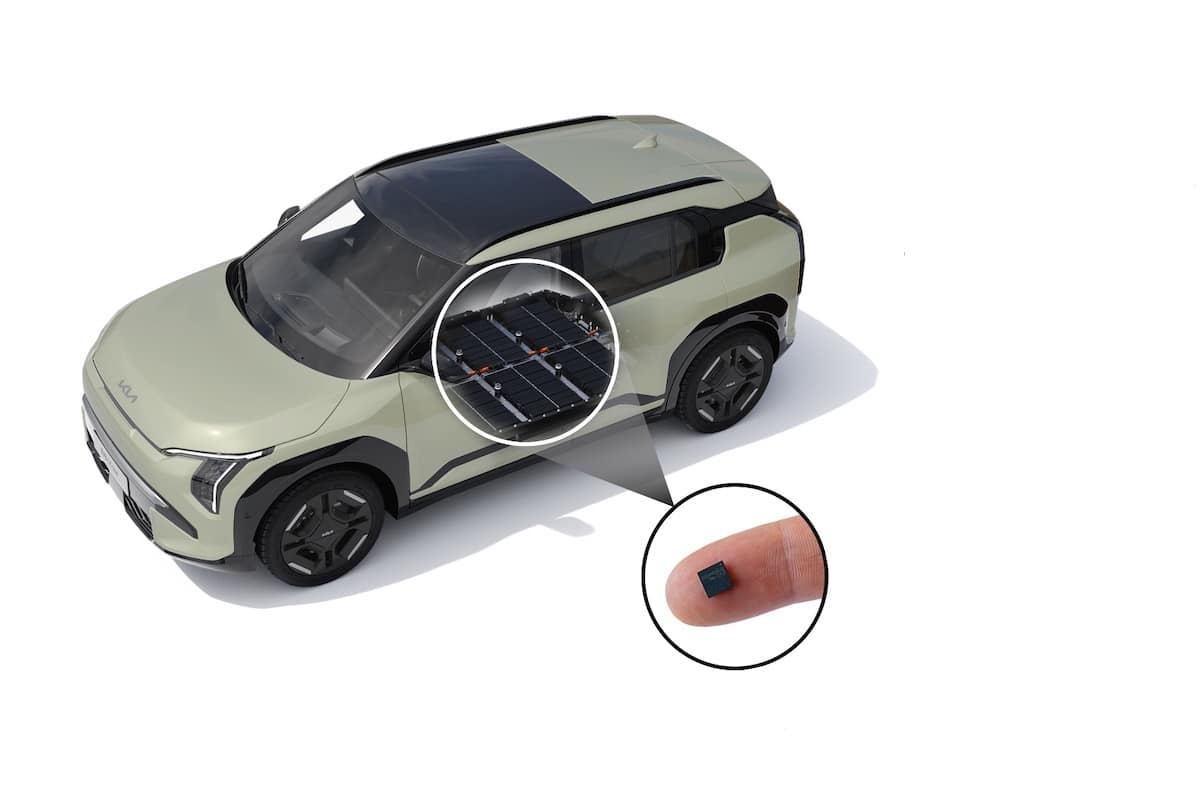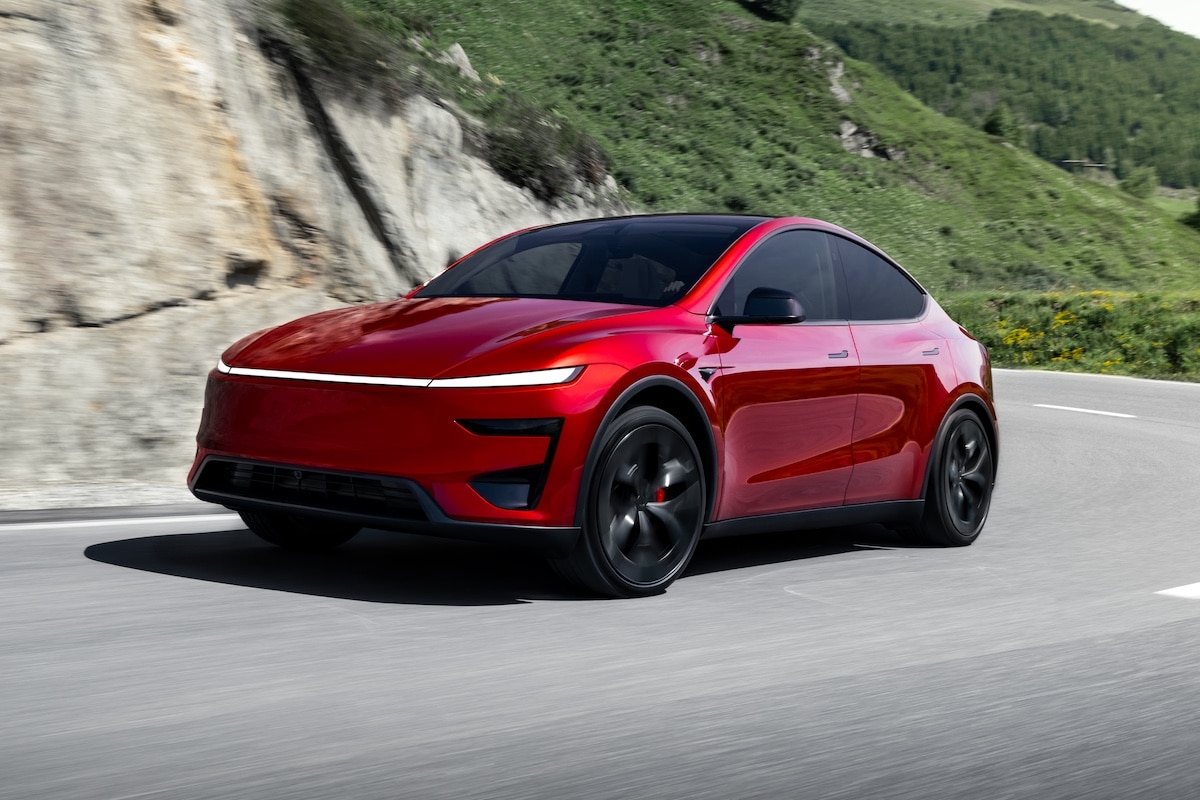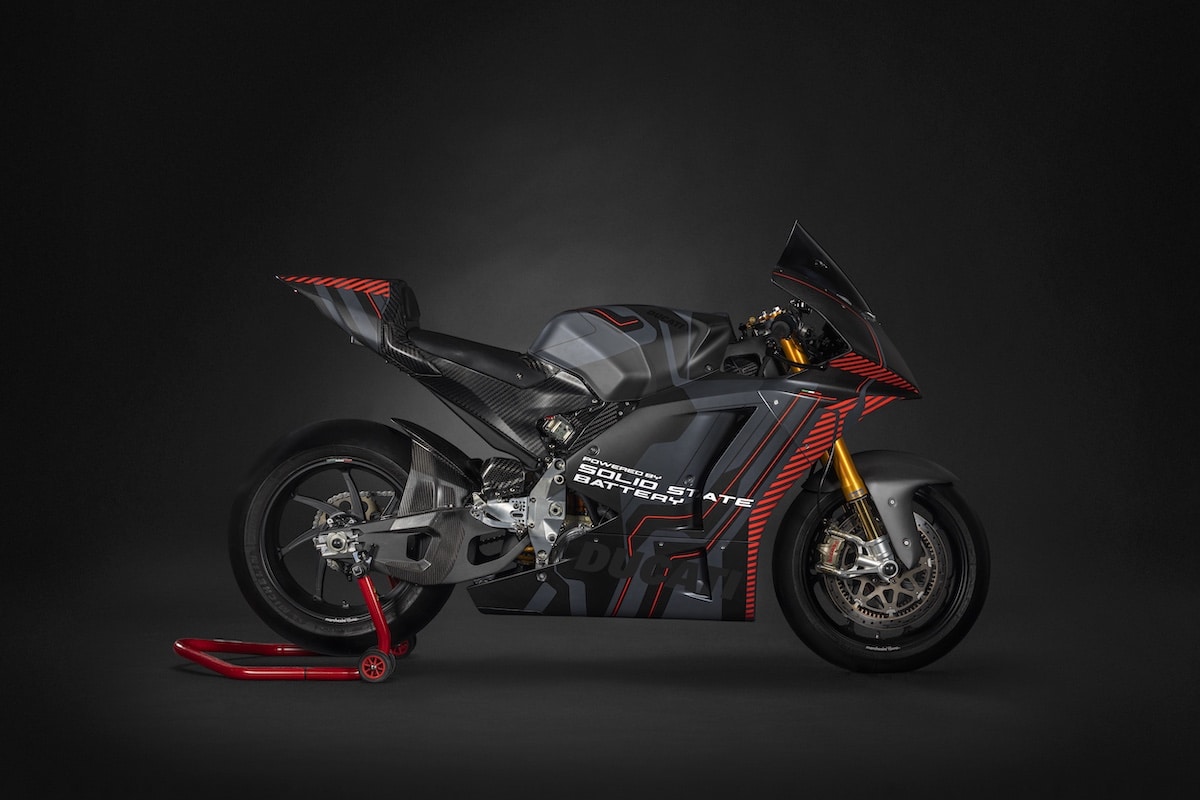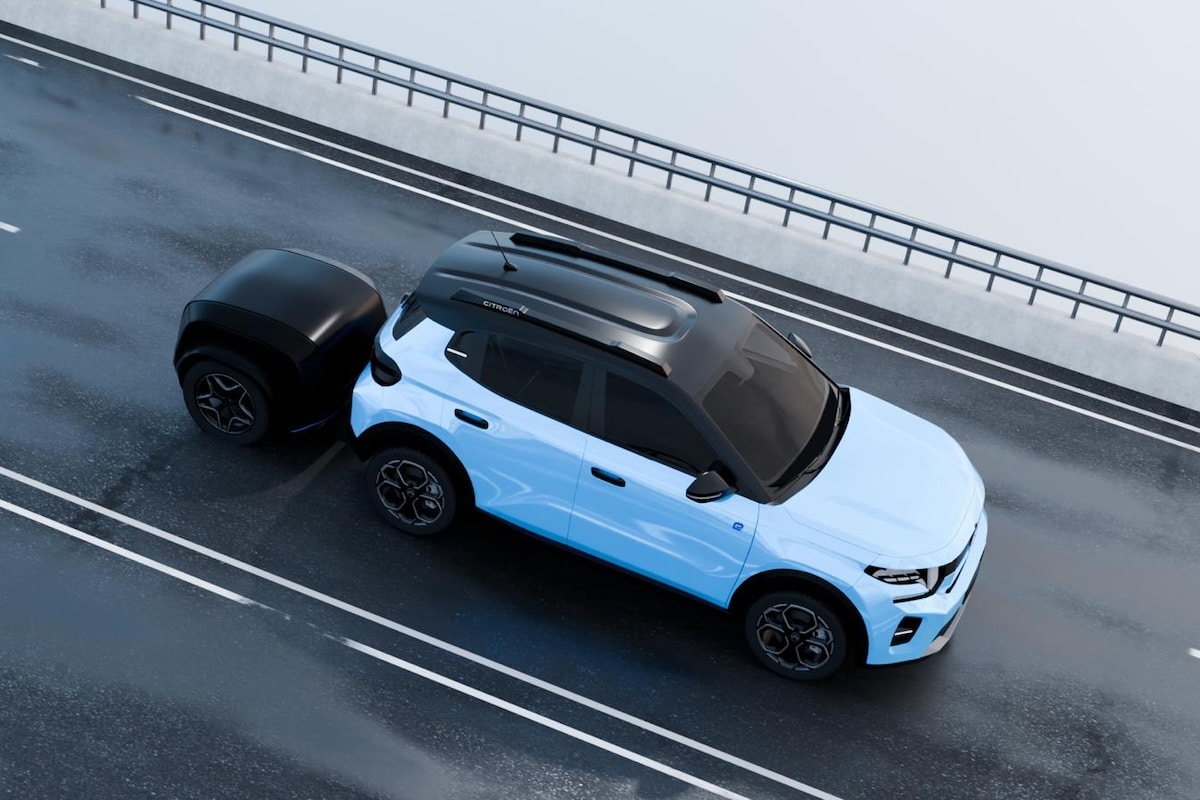Stellantis Aims to Revolutionize Car Batteries with IBIS
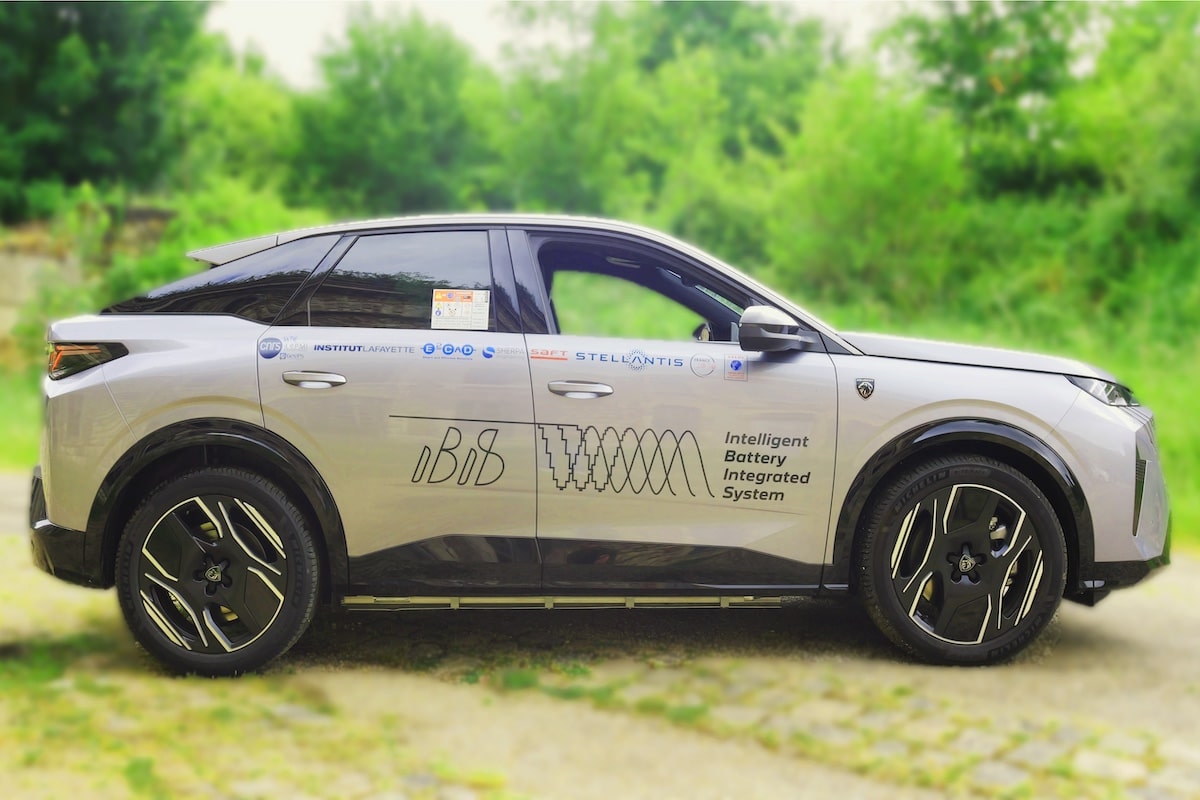
Stellantis tests a concept aimed at making electric cars lighter, faster to charge, and easier to maintain.
Stellantis, in partnership with Saft (a subsidiary of TotalEnergies), has presented a prototype vehicle equipped with an innovative technology called IBIS, which stands for Intelligent Battery Integrated System. This world premiere marks the beginning of real-world road tests and promises to change the way batteries are designed and used.
So what is IBIS? It is a system that integrates the charger and inverter functions directly into the battery. Specifically, this simplifies the vehicle’s electrical architecture, saves space, reduces weight, and makes maintenance easier. With IBIS, a single battery can manage both the power for the motor, the auxiliary systems of the vehicle, and the exchange of electricity with the grid.

The first vehicle to test this technology is a fully electric Peugeot E-3008, based on the STLA Medium platform. This prototype is the result of several years of research and collaboration between Stellantis, Saft, and French institutions such as CNRS and the University of Paris-Saclay.
According to Stellantis, the benefits are concrete:
- Efficiency and performance: up to 10% energy savings and 15% additional power with the same battery.
- Weight and space savings: about 40 kg lighter and 17 liters freed up in the vehicle, facilitating design and aerodynamics.
- Faster charging: charging time can be reduced from 7 to 6 hours on a standard charger, while saving energy.
- Simplified maintenance: IBIS makes maintenance easier and allows for easier reuse of batteries in their second life.
For Saft, this technology opens a “new era of intelligent and sustainable energy solutions,” applicable beyond the automotive sector, particularly in rail, maritime, aerospace, or data centers.
You might be interestedin this article:
The second phase of the project is underway and focuses on real-world testing. If all goes as planned, IBIS could be integrated into Stellantis vehicles by the end of the decade.
ALSO READ: The Tesla Model Y reaches 800 km of range thanks to Panasonic!
This page is translated from the original post "Stellantis veut révolutionner la batterie automobile avec IBIS" in French.
We also suggestthese articles:
Also read
